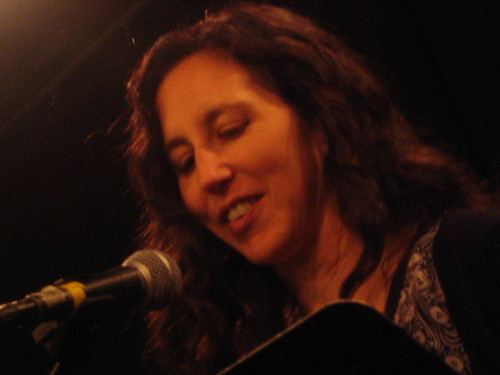I’ve arrived at that stage in life when poets whom I think of as being clearly a generation younger than me – hence “youngsters” – are starting to come out with those major mid-life collections that tell you which ones are going to be the truly major poets of their generation. I was reminded of this the other day when I chose Allen Ginsberg’s 1964 passport photo to illustrate this page on the tenth anniversary of his death. He looks so very young in that photo & indeed was just 38 that year. The following year, I first corresponded with him & even found myself at a party in his & Paul Goodman’s honor after Ginsberg’s reading at the Berkeley Poetry Conference. It was clear to me then that Ginsberg was one of the great elders of poetry, as was Robert Creeley whom I also began reading around that same time. Neither had yet turned 40.
So here is a big fat beautiful new book from Laynie Browne called Daily Sonnets, published by Counterpath Press of Denver. It’s a stunner & a delight, a heady dose of pure oxygen. Almost as amazing is the list of Browne’s 15 previous books (plus one volume of fiction) dating back to 1993. During this same period, Browne has also been an integral part of the collectives that put on readings at the Ear Inn in New York (the series continues to this day at the Bowery Poetry Club) and with the Subtext Collective in Seattle. Now she’s living in
This seems like an awful lot of accomplishment for somebody who wasn’t even born when the Berkeley Poetry Conference took place in 1965 – and frankly it is. But it’s the poems in Daily Sonnets & Browne’s other books that is going to make her an icon for the generation of poets who are about to show up, poets who are, say, still ten years younger than Tim Peterson. Here’s one example, “Love Sonnet To Light”:
I write myself this nightly
Gesture of the turning
This should remind me to blink
And waken to your proximity
Which is continually present to the
Extent that nothing is not of you
Inhale a curve of dark foliage
Look to your shadow made by the moon
Drink a preposition
Which brings me nearer
To my present location
If words were put to that
Sentiment the sentence
Would read —
Or “Two-Fourteenths Sonnet”:
This undressing at security checkpoints
Would never have gone over with the Victorians
Or this, numbered simply “67”:
If the noise doesn’t stop when you turn on the light
You are of how many winters?
For readers of three and up
The mind sometimes a terrible souvenir
unlike his four-year-old face
in nest of night
whose test
of solitude
repeats the motion
Holding his hand to my face
I walk out of the bedroom
of again whose
forgotten impatience
Remembered the opposite of rushing
Or one of the poems identified as “After-Shower Sonnet”:
Before dressing don’t
cheat on me in my dreams
especially from a distance
Below I hear four boys
breaking mountains into breeze
Before we go to the happiest place
on earth I must remember my
own special paradox
While dressings are everything here
Undressing is everything any other place
we go so let’s go there
not fruitfully, but secretly
and hide from the plastic pots
and smoke of their diagramming snores
There are, especially in the last two pieces, some complex emotions being registered in very compact ways. Browne often makes use of the surface features of the abstract lyric, but – as these four poems make pretty clear – she is seldom abstract herself, focusing instead on a space that has some resonance with the New York School but even more perhaps with the current wave of post-feminists who take the gains of feminism if not exactly for granted, at least as the platform from which to investigate the world anew, including a very serious & intense focus on parenting.
The key to Browne’s sonnets, whether they’re homophonic translations of Rilke or works that take off from a line or phrase from another poet – two of her most prominent sources, Lee Ann Brown & Bernadette Mayer, are themselves serious sonneteers – is her sense of the line, almost always informal, typically with between three & five stresses. Browne may be at her very best with long sentences spread out over multiple lines – the first three lines in the last sonnet above, for example, or the six-liner in the middle of “67” – but she’s also very good with the zing-zing-zing of lines that appear to change the topic with every linebreak, postmodern staple that it is. This is the sonnet as descended from Ted Berrigan rather than Ben Jonson, and Browne is, I think, a good index of the strength of this approach to the genre going forward. For while Browne is not an inventor of new forms, as such, she’s as good as anyone around with this one.






